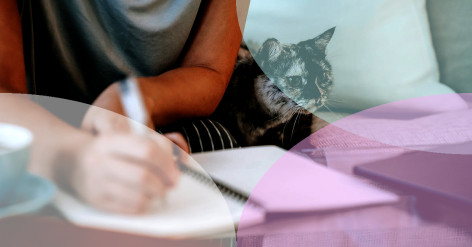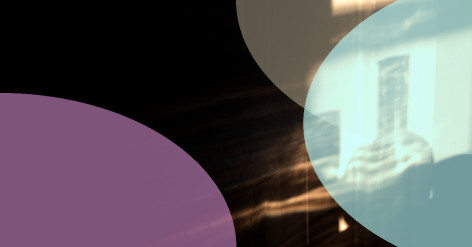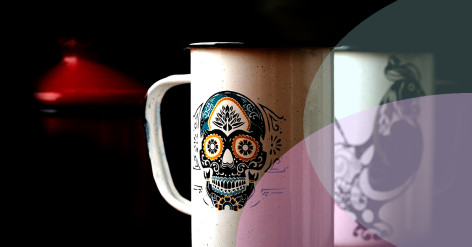How to Pick the Right Palettes for Your Painting Projects

Understand Color Theory

Are you having trouble choosing the right palettes for your painting projects? You are not alone in this dilemma. A lot of artists and DIY enthusiasts struggle in finding the perfect color schemes that will bring their painting to life. Choosing the right palette can make or break your painting, so it is crucial to put some thought into it.
In this article, we'll explore the different factors that can help you pick the right palettes for your painting projects. We'll also provide some useful tips and tricks to help you create stylish and harmonious color schemes that will make your artwork stand out.
Consider the Mood and Theme
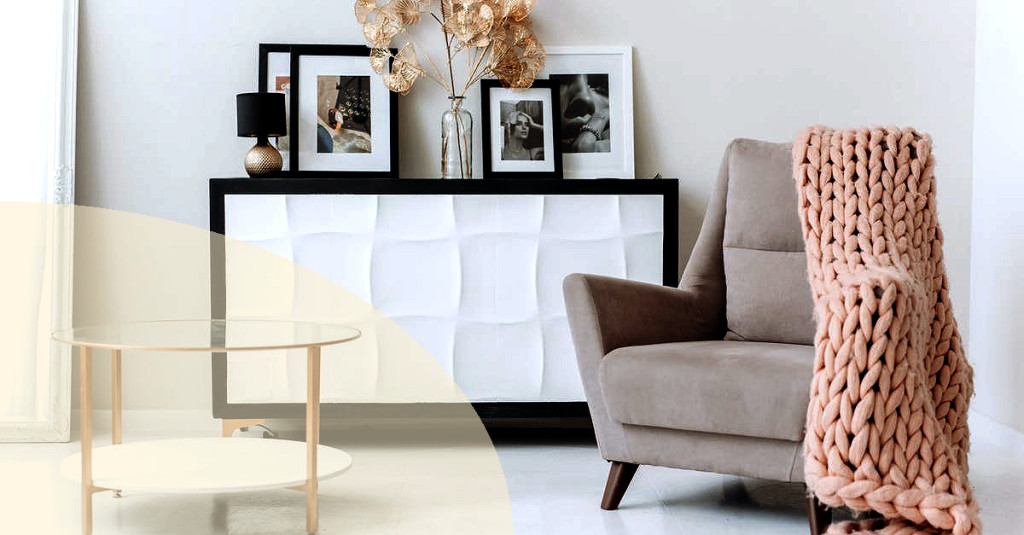
Before you start picking palettes for your painting projects, it's important to understand color theory. Color theory is the study of how colors interact with each other and the human eye. Studying color theory can help you understand how to create a harmonious and visually appealing color scheme.
There are three primary colors: red, yellow, and blue. These colors cannot be created by mixing other colors together. Secondary colors are created by mixing two primary colors together. Tertiary colors are created by mixing a primary color with a secondary color.
There are also warm colors (reds, yellows, oranges) and cool colors (blues, greens, purples). Warm colors tend to create a feeling of excitement, while cool colors tend to create a sense of relaxation.
Use Color Palette Generators
When picking a palette for your painting, it's important to consider the mood and theme of your artwork. Are you painting a landscape, a portrait, or an abstract piece? What emotions do you want to convey? For instance, a beach scene may require a palette of blues, greens, and yellows to create a peaceful and relaxing atmosphere. A portrait may require warmer colors to convey the personality and emotions of the subject.
Look for Inspiration
If you're still unsure about which colors to choose, you can always use color palette generators. There are several websites and apps that can generate color schemes based on your preferences, such as Adobe Color or Color Hunt. Some generators even allow you to upload an image and create a palette that matches the colors in the picture.
Experiment with Your Palette
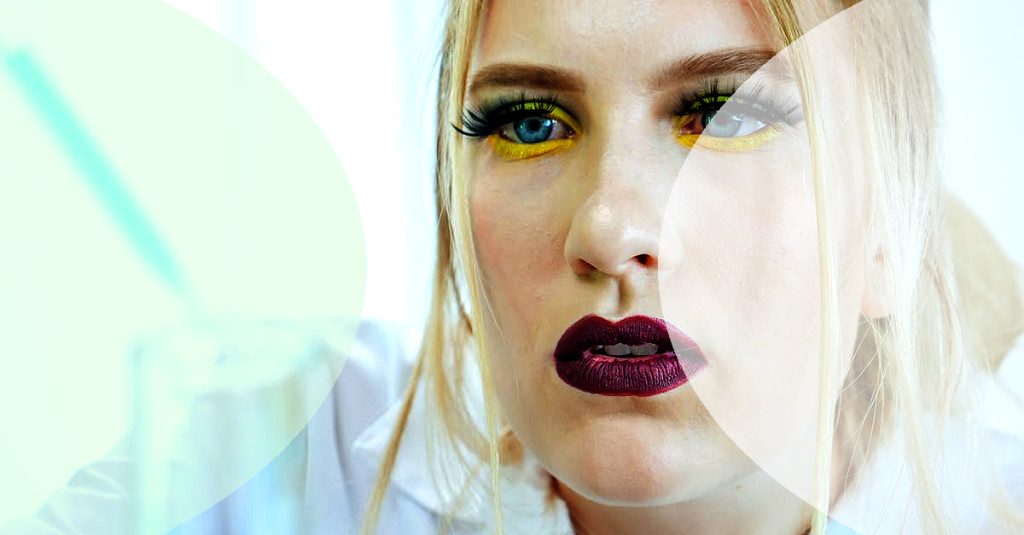
Inspiration can come from anywhere. Take a walk in nature, browse through Pinterest, or visit a museum. Look for colors in everyday objects such as clothing, flowers, or food. You can also take inspiration from famous artists and their color schemes.
Conclusion
Don't be afraid to experiment with your palette. Try mixing different colors together and see how they interact. You might discover a unique and stunning color scheme that you never thought of before.
Choosing the right palettes for your painting projects is crucial for creating visually stunning and unique artworks. To create a harmonious color scheme, it's important to understand color theory, consider the mood and theme of your artwork, and look for inspiration from everyday objects and famous artists. Feel free to experiment with your palettes and have fun creating beautiful paintings!

